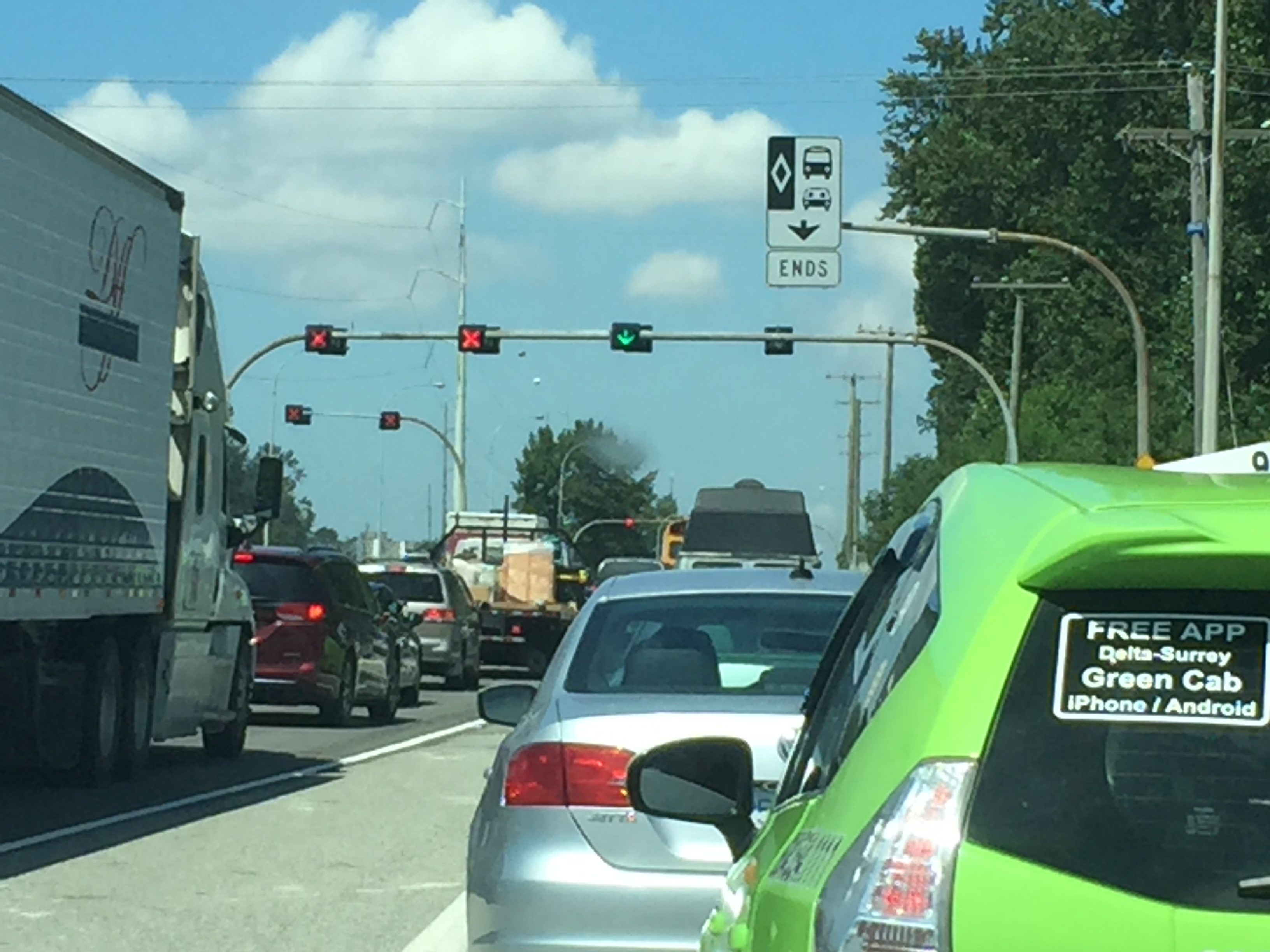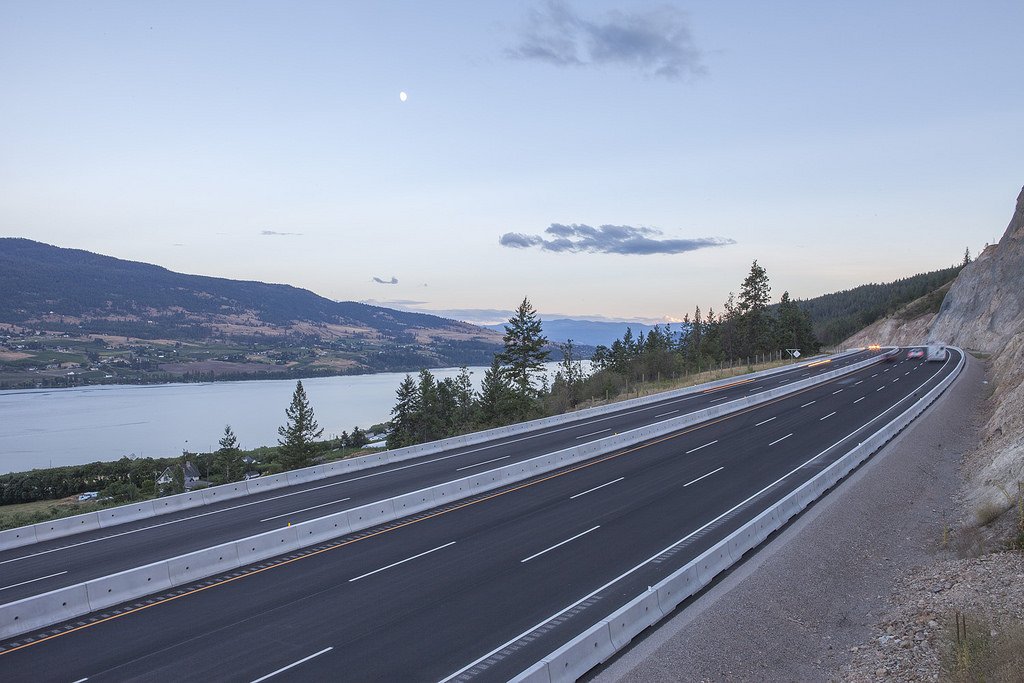
Image: CBC
Increasing speed limits on several British Columbia highways caused carnage and a higher accident rate and was a failed experiment of the previous Liberal Provincial government. It has already been written about the 118 percent increase in road deaths and 43 percent increase in vehicular claims received by ICBC, the Insurance Corporation of British Columbia. With higher speed limits implemented in 2014, the past Provincial government was not nimble in addressing the increasing road deaths and insurance claims as reported by researchers.
Claire Trevena, the Minister of Transportation for the Province has now announced an immediate decrease in speed limits on fifteen highway segments based upon a review of the serious and fatal crashes that have occurred in the past three years. These lower speed limits will be on the Sea to Sky Highway, the Okanagan Connector, the Island Highway and some sections of Highway 1.
The Minister also connected the lower speed limits to reducing the incidence of speed related crashes.
“We are making every effort now … to make sure that people can travel safely on our highways. Nobody should be dying on our highways.”
The change to lower speed limits will mean that 570 kilometers of highway will need to have speed limit signs replaced, a task to be completed this week.
It’s no surprise that a small group of male advocates continue to press for increased speeds. They say that travelling faster is not impacted by road condition, terrain, changeable weather or shorter reaction times, and somehow feel that the increased deaths and injuries are due to other factors, such as more people travelling. It’s also no surprise that they have no statistical data to back up their claims.
In his groundbreaking report Where the Rubber Meets the Road former B.C. Medical Health Officer Dr. Perry Kendall named vehicular accidents as a major cause of death in the province, responsible for nearly 300 annual deaths. Between 2008 and 2012 the top contributing factors to fatal crashes were speed (35.7%) distraction (28.6%) and impairment (20%). It simply makes sense to lower speeds to increase safe travel.
Lower speed limits also need to be enforced. As transportation expert Ian Fisher notes enforcement must happen to ensure speed limits are complied with, and the use of radar detectors should be banned. In an era where vehicles are full of protection systems for occupants, why do we still insist on police being vulnerable road users in stopping vehicles that are speeding? Why can we not utilise universal camera enforcement like the Swiss, who have one of the lowest fatality and crash levels in Europe? With the funding of course going back to make separated bikeways and safer pedestrian crossings at appropriate locations. What will it take? You can take a look at the speed limit roll backs below.
Speed limits are being rolled back by 10 km/h on the following highway corridors:
Highway 1: Cowichan Bay to Nanaimo — 90 km/h to 80 km/h
Highway 1: Whatcom Road to Hope — 110 km/h to 100 km/h
Highway 1: Boston Bar to Jackass Mountain — 100 km/h to 90 km/h
Highway 1: Tobiano to Savona — 100 km/h to 90 km/h
Highway 1: Chase to Sorrento — 100 km/h to 90 km/h
Highway 3: Sunday Summit to Princeton — 90 km/h to 80 km/h
Highway 7: Agassiz to Hope — 100 km/h to 90 km/h
Highway 19: Parksville to Campbell River — 120 km/h to 110 km/h
Highway 19: Bloedel to Sayward — 100 km/h to 90 km/h
Highway 97A: Grindrod to Sicamous — 90 km/h to 80 km/h
Highway 97C: Merritt to Aspen Grove — 110 km/h to 100 km/h
Highway 97C: Aspen Grove to Peachland — 120 km/h to 110 km/h
Highway 99: Horseshoe Bay to Squamish — 90 km/h to 80 km/h
Highway 99: Squamish to Whistler — 100 km/h to 90 km/h
Highway 99: Whistler to Pemberton — 90 km/h to 80 km/h
With files fro


